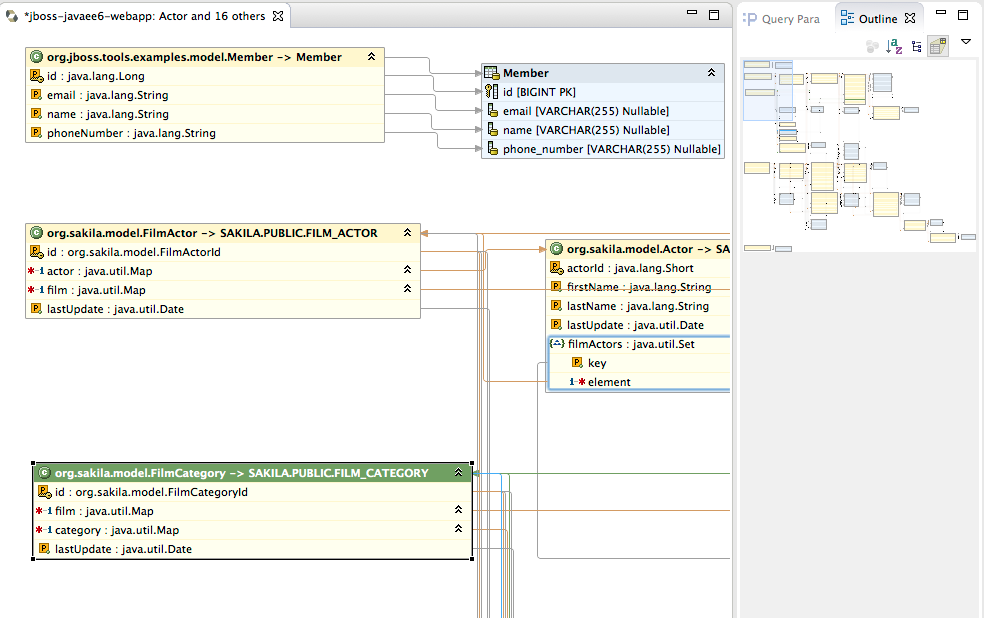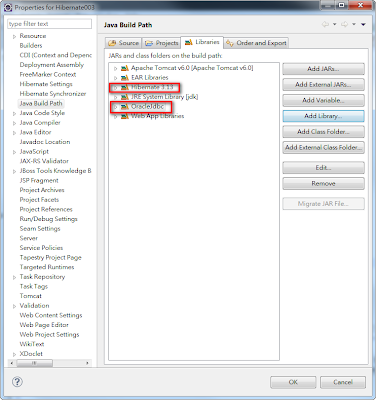

Note that a property is still created, but is simply marked as non-updatable and non-insertable.ĭetect optimistic lock columns: Automatically detects optimistic lock columns. If you disable this option a property is created instead. If this option is enabled and there are matching foreign-keys, each key column is still considered a 'basic' scalar (string, long, etc.) instead of a reference to an entity. Generate basic typed composite ids: When a table has a multi-column primary key, a mapping will always be created. This file controls certain aspects of the reverse engineering process, such as:

In the reveng.xml field, click Setup to select an existing reveng.xml file, or create a new one. In the Package field, add a default package name for any entities found when reverse engineering.
#Eclipse jboss hibernate tutorial code
JBoss Developer Studio generates code based on the database schema when this option is used.If this option is not enabled, the code generation is based on the existing mappings specified in the Hibernate Console configuration. To reverse engineer the database defined in the connection information, click the Reverse engineering from JDBC connection check box. Note that existing files will be overwritten/ if the correct directory is not specified. You can enter absolute directory paths, for example: d:/temp. This is the default location where all output will be written. In the Output directory field, click Browse and select an output directory. In the Console Configuration list, click the name of the console configuration to be used when generating code. Once created the path of the file displays in the Configuration file field. In the Configuration file field, click Setup to set the path to the first file found in the selected project (refer to the Did you know, Setup Configuration File section for detailed steps). properties file displays in the Property file field. In the Property file field, click Setup to set the path to the first hibernate.properties file found in the selected project (refer to the Did You Know, Setup Property File section for detailed steps). In the Database connection field, click New to configure a new database connection or leave as is to use the default connection. In the Project field, type a project name or click Browse to locate an existing project. In the Hibernate Version list, select the relevant version. In the Name field, the generated name provided by default can be edited if required.


 0 kommentar(er)
0 kommentar(er)
